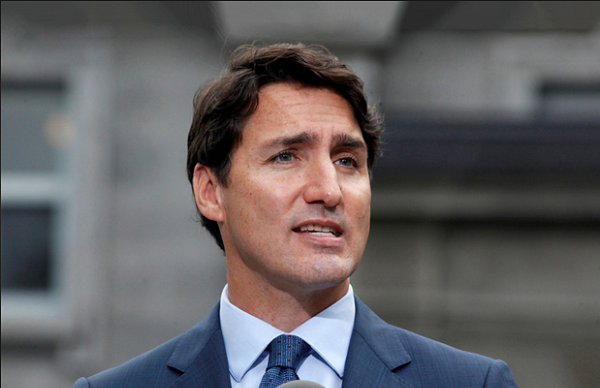Trudeau government finalized health deal with Ontario to hire more doctors and nurses
The Trudeau government has finalized a deal with the Ontario government to direct $3.1 billion in more money to improve health care, the Star has learned.
Prime Minister Justin Trudeau and Premier Doug Ford are to announce the details the two governments have settled on when they meet in King City, north of Toronto on Friday.
In exchange for the infusion of new cash, the Ford government would commit spending to create new primary care teams to boost access to family doctors.
Ontario says it will add hundreds of new family physicians and nurse practitioners, as well as thousands of new nurses and personal support workers.
It will increase enrollment in health-care education programs by 700, with a specific allotment for Northern Ontario.
A portion of the money will be targeted at boosting youth mental health services and substance abuse services in rural, remote, and Indigenous communities.
As well, there will be new funding to modernize the collection of medical data, which should reduce paperwork and improve the system for Ontario patients.
It’s the latest example of Trudeau’s federal Liberals working closely with Ford’s provincial Progressive Conservatives.
Last February, Ottawa set out the four priorities that the prime minister insisted the provinces must tackle to access the extra cash.
While some premiers — especially Quebec’s François Legault — objected to strings being attached to new money, Ford welcomed the infusion of cash.
“This is good news,” emphasized an official at Queen’s Park on Thursday.
At the first ministers’ meeting last year, Ontario reached an agreement in principle for $8.4 billion in new federal spending over 10 years.
In exchange, the province pledged to improve access to family health services, including in rural and remote areas; boost the health workforce; provide better access to timely mental health, substance use and addictions services; and allow individuals access to their electronic health information that is shared between the health professionals they consult.
However, that full amount is not on the agenda for Friday’s announcement, which is only over three years for $3.1 billion, government officials say.
It will be revisited within the first three years to ensure targets and timelines are being met.
That likely will happen after a federal election that is expected within the next 20 months.
It is unclear what federal Conservative Leader Pierre Poilievre, whose party leads by double digits in public-opinion polls, would do with the accord going forward.
Poilievre has indicated he does not believe in Ottawa dictating health policy to provinces.
With the formalization of the agreement, Ontario is the fifth province to have signed a one-on-one deal with the federal Liberal government, after Alberta, British Columbia, Prince Edward Island and Nova Scotia outlined specific plans for how the money would be spent, as required by Ottawa.
A year ago, following his meeting with the premiers, Trudeau offered to significantly increase federal transfer payments to the provinces — by $17.3 billion over the next decade — which included an immediate $2 billion injection to tackle the crisis in pediatric hospitals and emergency rooms, and ongoing wait times for surgeries. Beyond that, the federal Liberal government set aside a separate $25 billion fund over 10 years for the bilateral deals to address those four federal priorities.
Ottawa had given provinces until March to reach deals to get their share of the funding.
Health Minister Mark Holland told The Canadian Press this week that so far, the agreements had invested mainly in community-based care, and provinces have agreed to make health data, including patient records, more compatible across the country.
During the COVID-19 pandemic, Ontario’s health system in particular struggled to integrate a patchwork of health data collection practices under different regional health authorities
This article was reported by The Star













